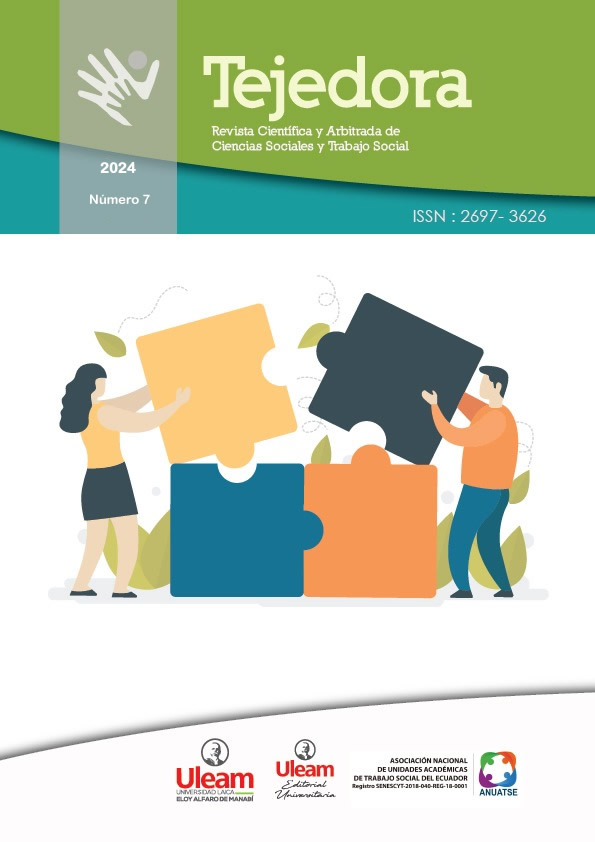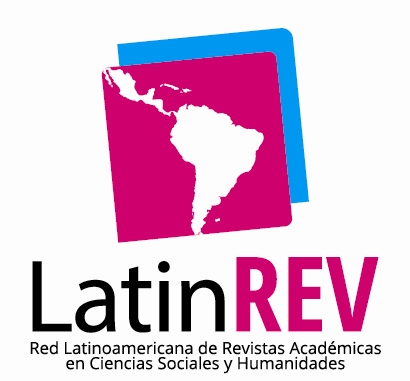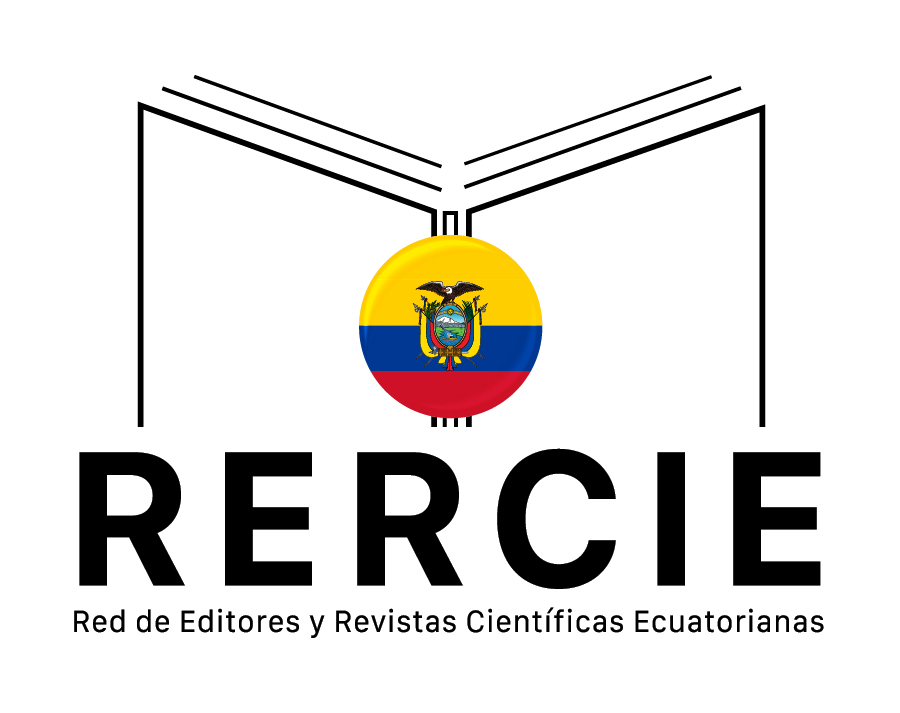PRISIONEIROS DA APATIA E DA DOENÇA; OUTRA PERSPECTIVA DO ASSASSINO EM SÉRIE
DOI:
https://doi.org/10.56124/tj.v7i14.005Palavras-chave:
Asesino serial, enfermedad, prisioneros, rehabilitaciónResumo
O objetivo da pesquisa foi abordar questões relacionadas à predisposição biológica dos seres humanos para cometer crimes e o impacto do modelo jurídico no comportamento criminoso. O estudo de caso responde a um processo metodológico baseado no método indutivo, com uma abordagem qualitativa que permitiu comparar o caso do cidadão de Pifo que foi classificado como assassino em série; com base em fontes bibliográficas que consideram a psicopatologia em crimes fatais sob uma perspectiva biológica e psicológica. No processo comparativo, foi analisado o funcionamento do sistema penitenciário equatoriano e sua função reabilitadora com os condenados por crimes violentos, os quais, embora nem todos sejam identificados como o anterior, podem estar associados a patologias psicóticas semelhantes. Isso levou posteriormente à interpretação dos números do INEC sobre os condenados por crimes de homicídio doloso entre 2018 e 2020. Isso permitiu descrever o comportamento dos aspectos estudados e sua possível relação com os mecanismos adotados pelo sistema de reabilitação que o país propõe por meio de mecanismos coercitivos. Deixando de lado a doença mental que limita as faculdades de plena consciência para respeitar e proteger a própria vida e a dos outros. É preciso propor uma estratégia de diagnóstico, acompanhamento e tratamento, ou seja, um modelo que vá além da punição e demonstre empatia para reabilitá-los o máximo possível.
Downloads
Referências
Aristizabal Diazgranados, Edith, y José Amar Amar. 2012. Psicologia Forense. Estudio de la Mente Criminal.
Etcheverry Vera, Jaime Alberto. 2009. “El Perfil Psicológico de un Asesino Serial”. AGO.USB Medellin-Colombia.
Fuente: El Comercio https://www.elcomercio.com/actualidad/ninos-pifo-envenenamiento-asesina-serial.html
Fernández, Mercedes, y Isabel Sánchez. 2016. “Asesinos Seriales Nacen O Se Hacen”. Universidad Nacional Autonoma de Mexico.
Foucault, Michel. 2002. Vigilar y Castigar.
Foucault, Michel. 1975. Los Anormales.
Garrido, Vicente. 2012. “En la mente criminal”. 29 Enero.
González, Carina. 2014. “Mujeres, monstruos y asesinos seriales. La historieta gótica en la Pluma de Cecila Pego”. Tonos Digital.
INEC. 2018. Justicia y Crimen https://www.ecuadorencifras.gob.ec/justicia-y-crimen/
INEC. 2019. Justicia y Crimen. https://www.ecuadorencifras.gob.ec/justicia-y-crimen/
INEC. 2020. Justicia y Crimen.https://www.ecuadorencifras.gob.ec/justicia-y-crimen/
Jiménez, Jorge. 2014. Serial murderers: definition, types and studies on this topic.
Llovera, N. Freund, P. R. Garcí. Ramos, y A. Ayala Ballesteros. 2015. “Psicosis”. Medicine (Spain). doi: 10.1016/j.med.2015.08.004.
Morrison, Anthony P., Julia C. Renton, Paul French, y Richard P. Bentall. 2019. “¿QUÉ ES LA PSICOSIS?” en ¿Crees que estás loco? Piénsalo dos veces.
Romi, Juan Carlos. 2011. “Algunas reflexiones criminológicas y psicopatológicas sobre los crímenes seriales”. Vertex Revista Argentina de Psiquiatría.
Rodríguez, J. A. V., González, E. L., & Labrada, M. D. C. Y. (2022). Aspectos para considerar en el proceso de investigación de las características de trisomías poco comunes y su prevalencia. Dilemas contemporáneos: Educación, Política y Valores.
Salanova, Marisa, Susana Llorens, y Isabel M. Martínez. 2016. “Aportaciones desde la psicología organizacional positiva para desarrollar organizaciones saludables y resilientes”. Papeles del Psicologo.
Torres Delgado, Carolina. 2016. “Perfiles criminales. Un estudio de la conducta criminal de los asesinos en serie”.
Vásquez Rocca, Adolfo. 2013. “Foucault: ‘Los anormales’. Una genealogía de los monstruoso. Apuntes para una historiagrafía de la locura”. Nómadas. Revista Crítica de Ciencias Sociales y Jurídicas. doi: 10.5209/rev_noma.2012.v34.n2.40745.
Zúñiga, Ledy. 2014. “Nuevo Código Orgánico Integral Penal”. Journal of Applied Social Psychology.
Publicado
Como Citar
Edição
Seção
Licença
Copyright (c) 2024 Revista Científica y Arbitrada de Ciencias Sociales y Trabajo Social: Tejedora. ISSN: 2697-3626

Este trabalho está licenciado sob uma licença Creative Commons Attribution-NonCommercial-ShareAlike 4.0 International License.






















